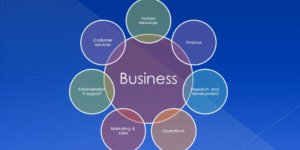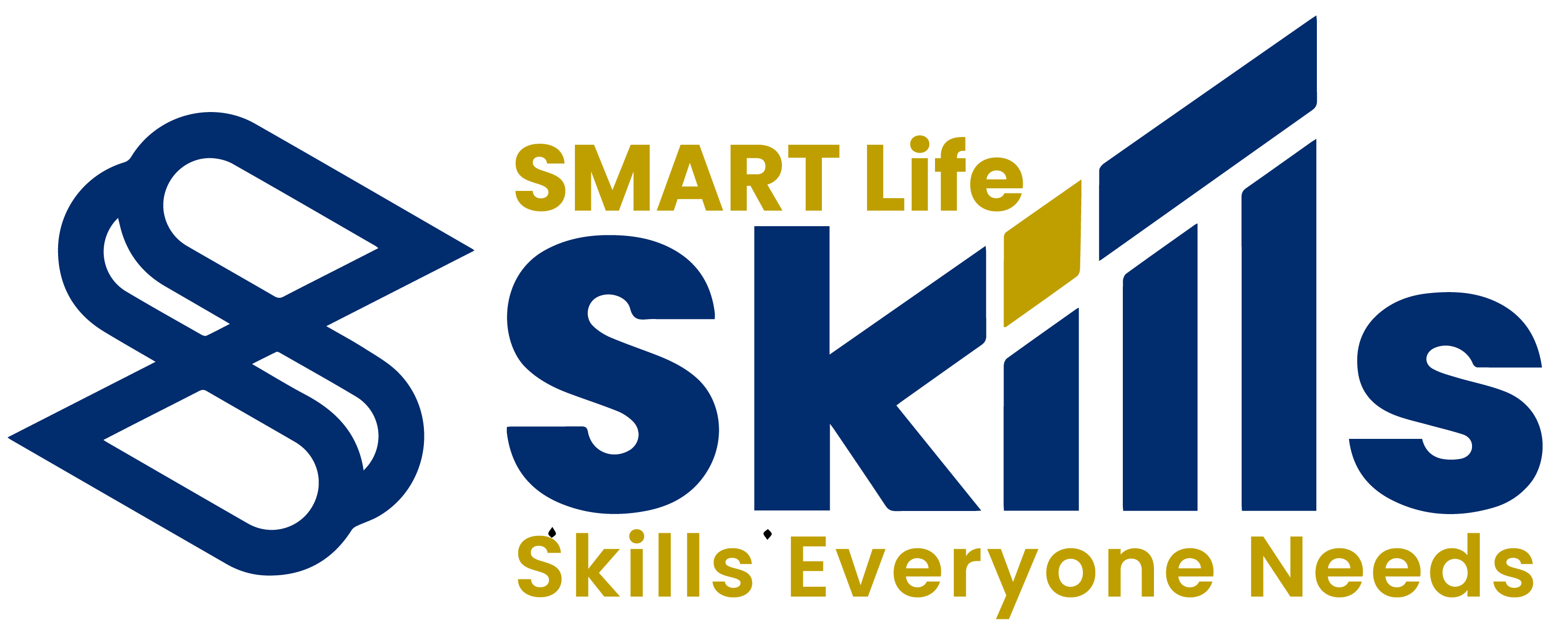In today’s rapidly changing business landscape, workforce planning has become an indispensable strategic tool for ensuring that organisations possess the right people, with the right skills, in the right roles, at the right time (Armstrong, 2016). As industries face increasing uncertainty due to technological disruption, globalisation, and changing workforce demographics, organisations must proactively manage their human capital to remain competitive and sustainable. At its core, workforce planning bridges the gap between an organisation’s current capabilities and its future talent requirements, aligning people strategy with long-term business goals.
This article explores the key components of workforce planning, analyses its strategic importance, and discusses challenges faced in its implementation, drawing upon insights from academic literature, professional reports, and real-world examples.
1.0 Definition and Key Components of Workforce Planning
Workforce planning refers to the systematic process of analysing an organisation’s current workforce, predicting future needs, and developing strategies to ensure the organisation can meet those needs effectively (Dessler, 2015). The Chartered Institute of Personnel and Development (CIPD, 2020) defines it as a process that ensures an organisation has the right number of people with the right skills to deliver its objectives. It is not simply a human resources function but a strategic discipline that integrates workforce considerations into business decision-making.
1.1 Workforce Analysis
The first step in workforce planning involves analysing the existing workforce—understanding its composition, skill sets, age profile, and performance capabilities (Bennett & Bell, 2018). This process helps organisations identify areas of strength and weakness in their current human capital. For example, in the UK’s National Health Service (NHS), workforce analysis is used to determine the distribution of healthcare professionals across regions and identify shortages in specialist fields (CIPD, 2020). Through effective workforce analysis, organisations can better anticipate potential gaps and develop targeted training and recruitment strategies.
1.2 Forecasting Demand and Supply
Forecasting labour demand and supply forms the analytical core of workforce planning. Demand forecasting involves estimating the number and type of employees an organisation will require in the future, while supply forecasting assesses the availability of suitable talent within and outside the organisation (Stredwick, 2013). External factors such as economic conditions, labour market trends, and technological advancements all influence these forecasts. For instance, the global transition to renewable energy has led to increased demand for engineers and sustainability specialists, prompting organisations to realign their workforce forecasts (Deloitte, 2017).
1.3 Gap Analysis
After forecasting future needs, organisations must conduct a gap analysis to identify discrepancies between the existing workforce and future requirements (Jackson & Schuler, 2019). This process helps in recognising skills shortages, succession gaps, and redundancies. In the context of the UK manufacturing sector, for example, automation and digitalisation have exposed critical skill gaps in data analytics and robotics, necessitating significant reskilling initiatives (Bennett & Bell, 2018).
1.4 Action Planning
Once gaps are identified, organisations must design action plans to address them. These may include strategies such as recruitment, upskilling, reskilling, succession planning, and talent retention (Armstrong, 2016). For instance, global firms like Siemens and IBM have implemented extensive digital upskilling programmes to ensure their employees remain competent in emerging technologies. Moreover, action planning should be dynamic—constantly revisited as the external environment changes.
1.5 Implementation and Evaluation
Effective workforce planning requires implementation and continuous evaluation. According to Ulrich and Brockbank (2005), workforce plans should not be static documents but evolving strategies that are monitored and adjusted regularly. Metrics such as employee turnover, vacancy rates, and training effectiveness provide critical feedback. For example, Unilever uses ongoing workforce analytics to evaluate the success of its global talent pipeline initiatives, ensuring alignment with corporate strategy.
2.0 The Strategic Importance of Workforce Planning
The strategic importance of workforce planning lies in its ability to connect human resource management (HRM) to the broader business strategy. In the modern economy, where talent is often a greater source of competitive advantage than physical assets, effective workforce planning becomes a strategic imperative (Armstrong, 2016).
A study by Deloitte (2017) highlights that organisations with mature workforce planning capabilities are 30% more likely to outperform peers in terms of financial performance and employee engagement. By aligning workforce planning with strategic objectives, organisations can ensure they have the capacity to respond to market shifts, adopt new technologies, and drive innovation.
2.1 Strategic Alignment
Workforce planning enables strategic alignment by ensuring that human capital strategies support organisational objectives. Dessler (2015) argues that without this alignment, organisations risk understaffing or overstaffing, both of which can undermine performance. For example, British Airways uses strategic workforce planning to forecast pilot and engineering requirements in response to future route expansion and fleet modernisation, thereby preventing costly talent shortages.
2.2 Enhancing Organisational Agility
In volatile environments, agility is key to survival. Effective workforce planning allows organisations to anticipate and respond to external changes such as economic recessions, technological disruptions, or pandemic-related challenges. During the COVID-19 crisis, many organisations, including Tesco, rapidly adjusted workforce plans to manage increased demand in supply chains and online retail operations. This responsiveness was made possible by pre-existing workforce planning frameworks (CIPD, 2020).
2.3 Managing Talent Risks
The CIPD (2020) underscores that workforce planning is essential for managing talent-related risks, including skills shortages, employee turnover, and ageing workforces. For example, the UK’s construction industry faces significant risks due to an ageing workforce and declining apprenticeship numbers. Through proactive workforce planning, firms can develop succession plans and training programmes to build sustainable talent pipelines.
2.4 Cost Efficiency and Performance
Workforce planning contributes to cost efficiency by preventing both labour shortages and excess staffing. Overstaffing inflates wage bills, while understaffing leads to missed opportunities and employee burnout. According to Armstrong (2016), well-planned staffing strategies can reduce human resource costs by up to 15%, while simultaneously improving productivity. Furthermore, by investing in reskilling rather than redundancies, organisations foster employee loyalty and organisational commitment, which are crucial for long-term success.
3.0 Challenges in Workforce Planning
Despite its strategic value, workforce planning presents a number of challenges.
3.1 Forecasting Uncertainty
One major difficulty lies in the accuracy of forecasts. The dynamic nature of global business environments means that projections can quickly become outdated. As Jackson and Schuler (2019) note, factors such as technological disruption, automation, and changing employee expectations complicate workforce predictions. For instance, the rise of artificial intelligence (AI) has transformed job roles faster than many organisations anticipated, creating unplanned skill gaps.
3.2 Integration with Business Strategy
Another challenge is the integration of workforce planning into broader strategic management processes (Stredwick, 2013). In many organisations, workforce planning remains confined to HR departments rather than being embedded within executive decision-making. This siloed approach limits its effectiveness. To overcome this, firms such as Shell have integrated workforce analytics into corporate planning cycles, ensuring that people-related data directly informs strategic priorities.
3.3 Data and Analytical Capability
Modern workforce planning relies heavily on data analytics. However, many organisations lack the tools or expertise to analyse workforce data effectively (Deloitte, 2017). Developing HR analytics capability is therefore critical for accurate forecasting and scenario modelling. Organisations like Google have invested in advanced analytics platforms to measure employee engagement and predict turnover trends, thereby enhancing planning accuracy.
In conclusion, workforce planning is not merely an HR function but a strategic necessity that underpins organisational resilience and competitiveness. By systematically analysing the existing workforce, forecasting future needs, and developing targeted action plans, organisations can ensure they have the right talent to deliver their strategic objectives. Although challenges exist—particularly in forecasting and integration—organisations that invest in data-driven, adaptive workforce planning processes are better positioned to navigate uncertainty. As Armstrong (2016) asserts, effective workforce planning is the cornerstone of sustainable organisational success, enabling firms to build, retain, and develop talent capable of meeting the demands of the future.
References
Armstrong, M. (2016) Armstrong’s Handbook of Strategic Human Resource Management. 6th ed. London: Kogan Page.
Bennett, R. & Bell, A. (2018) Workforce Planning: From Analysis to Action. 2nd ed. Oxford: Oxford University Press.
Chartered Institute of Personnel and Development (CIPD) (2020) Workforce Planning. [online] Available at: https://www.cipd.co.uk/knowledge/strategy/workforce/workforce-planning-factsheet [Accessed 10 September 2024].
Deloitte (2017) The Future of Workforce Planning: 2017 Report. [online] Available at: https://www2.deloitte.com [Accessed 10 September 2024].
Dessler, G. (2015) Human Resource Management. 15th ed. London: Pearson.
Jackson, S. & Schuler, R. (2019) Managing Human Resources through Strategic Partnerships. 11th ed. Boston: Cengage Learning.
Stredwick, J. (2013) An Introduction to Human Resource Management. 3rd ed. London: Routledge.
Ulrich, D. & Brockbank, W. (2005) The HR Value Proposition. Boston: Harvard Business School Press.









